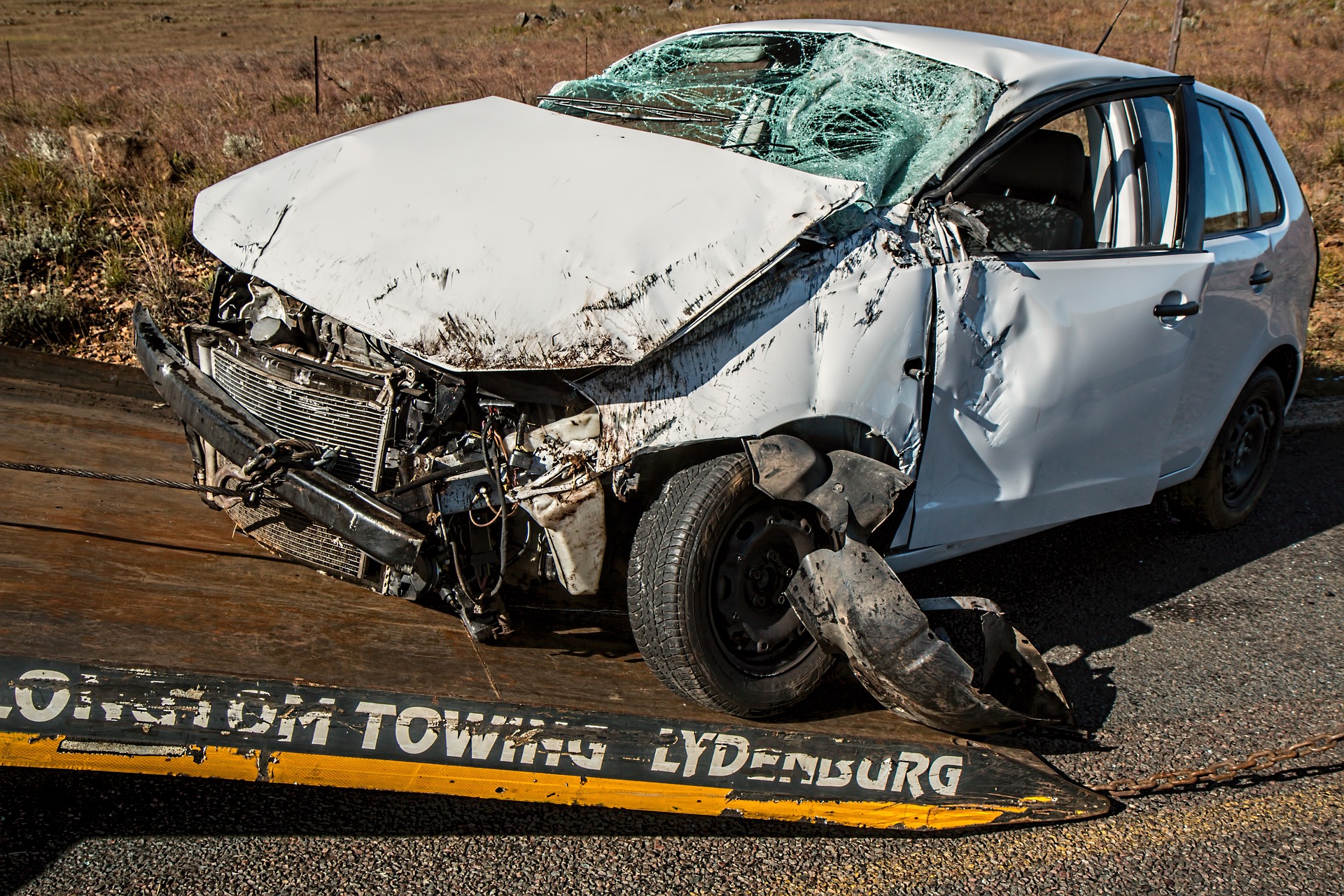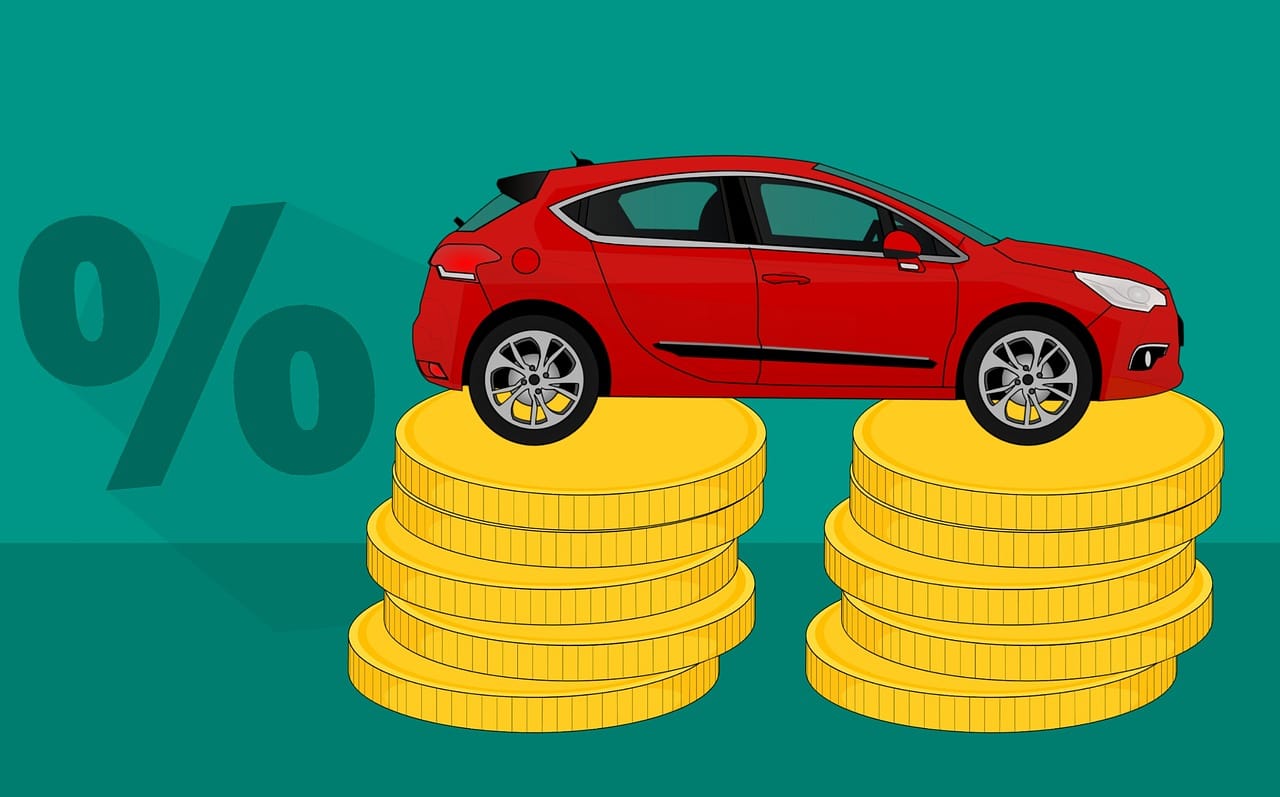
The Steps to Take After a Car Crash
After surviving an auto crash, the applicable insurance rates may vary according to your insurer or nature of the incident. It’s common to find insurance providers offering claim-free discounts, and you may encounter premium changes if you were at fault.
So what are the right steps to ensure you get the right compensation?
Immediately after the crash, try and stay calm. The processes that follow after the accident are mostly straightforward and well documented in law. But it would help if you kept your head cool to record the occurrence accurately and handle the claim process.
The steps to take whenever you experience a traffic accident include:
Confirming Any Injuries
Immediately after the crash, establish whether you or anyone else involved is injured. In case there are injuries, dial 911 to facilitate the police and an ambulance to the location.
Even if it was a minor crash and every person is cooperative – don’t fail to call the police. Doing this helps you get the crucial official report to present to your insurer.
Safety First
Even after the crash, you will still be on the road, hence prone to other accidents. So if the cars involved are still functioning, ensure you move them to the shoulder, off the highway, or to any safe area. Ensure the vehicle is completely off the main road to prevent further collisions with oncoming traffic.
You should also proceed to place flickers or reflective signs to warn other vehicles of the scene ahead. In case there’s a risk of explosion, ensure everyone on the scene is at a safe distance.
Exchanging Data and Documenting the Accident
Each U.S. state has specific laws on the amount of information you’re supposed to provide at a crash scene. Generally, the involved drivers usually provide their identification details as well as information on their respective insurers.
Understandably, it could be tempting to hash out specific details with the other party. However, it would be of your best interest to limit interaction. This way, you’ll not blame the other driver or acknowledge the guilt.
You can pick crucial information like the identity of the other party and their insurer’s particulars, and the driver’s contact details, if they allow. You also need to keep the contacts of witnesses, the police report number, and the photographs of the scene and damages.
Finally, ensure you record the name and contacts of the officer at the scene and keep personal notes on the occurrences.
You can also select from a wide variety of apps that make it easy to record the scene and time of the crash. They also allow you to generate both audio and video files, then forward the details to you or your agent through email. Also, insurers provide their respective smartphone apps that let you document all particulars conveniently.
You don’t have an app or didn’t carry your smartphone? Just sketch the scene and record notes on the occurrences.
Choosing The Appropriate Insurance Coverage
The entire process of making the insurance claim could leave you shaken. But this depends on whether or not you are at fault and the coverage varieties that you and the other party have. If they were at fault, their property damage liability coverage would take care of your vehicle’s repair cost up to the provided limit. In case you are injured, their bodily injury liability coverage will foot your medical bills.
But there’re exceptional cases. If you reside in any of the 12 no-fault states, then you will address this through your PIP.
In case they didn’t have insurance or the policy limit could not handle the damages and medical expenses, other options would pay out. These are the underinsured or uninsured motorist coverages.
Filing A Claim
Whenever you are at fault, and the damages appear minor, you may be tempted to pay for the repairs in cash. However, the entire affair may end up even more expensive. Even if it weren’t your fault, it would serve your best interest if you begin with your policy.
The first step would be to file a claim with your insurer while ready to pay the deductible. Your insurance company will coordinate with the other party’s insurer, and you’ll be refunded where necessary. If yours is a no-fault state, your injuries and those of other car occupants can be paid through your PIP coverage.
The other party’s insurer will then assess whether or not the accident was their client’s fault. You may later be required to provide an estimate, or an adjuster will evaluate the loss. Unless your community is a no-fault state, their insurer will take care of the hospital bill based on their liability limits.
If the limit cannot foot the entire bill, you may opt for your collision coverage or underinsured motorist coverage. In both cases, deductibles apply.
The best thing to do would be to notify your agent so that they can guide you through the steps of filing a claim. Once done, your insurer will coordinate with that of the other party, assess whose fault it was, and ascertain the applicable coverages.
Shop Around for Cheaper Rates
Some insurance carriers offer accident forgiveness for at-fault accidents. However, some may charge you double for the same incident.
A report by the Consumer Federation of America noted that you might pay rates of more than 10% even if the crash wasn’t your fault. At the same time, other policies raise the price only if you’re the one at fault.
Therefore, ensure you make comparisons of different rates before finally settling on the right policy and prices for you.
Surviving road crash may feel like a big victory – It definitely is. But don’t be distracted with the post-accident shock from handling the real business, taking care of the scene, and handling the insurance issues. With the above tips, you can easily maneuver through the post-crash processes and get the deserved compensation. Contact us today If you have any questions on how to make your insurance claim.




